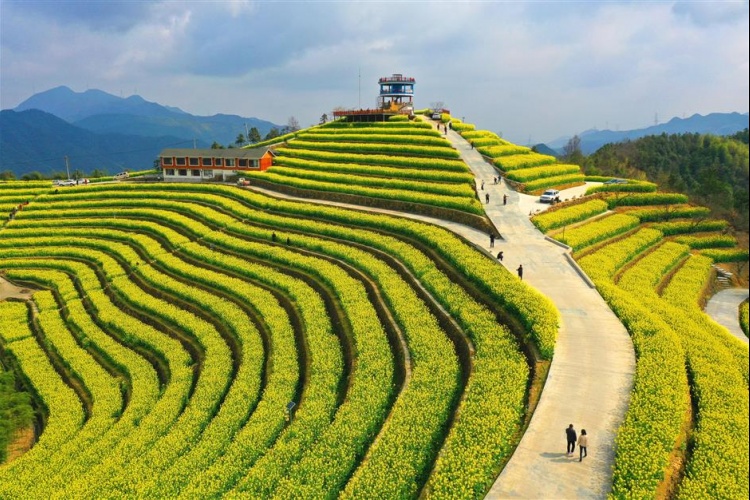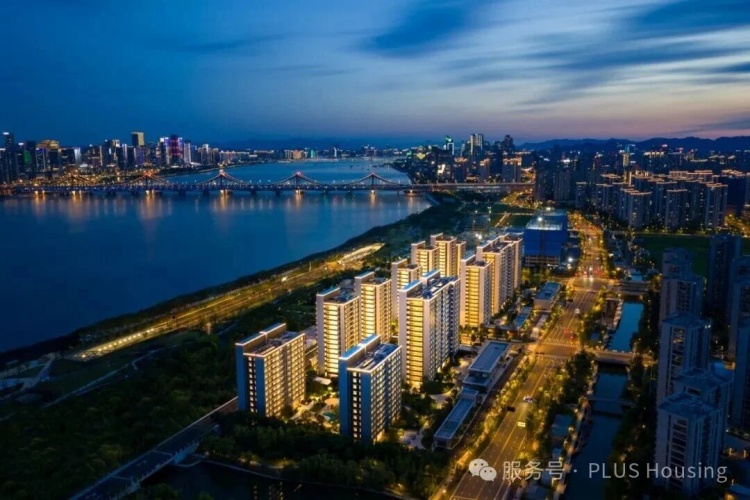Revival of Ancient Towns in Zhejiang: Pilot Projects & Hangzhou's Xindeng & Meicheng
Zhejiang's ancient towns once thrived due to booming trade, favorable geography, and rich culture. However, they declined in modern times with the fall of waterway transport and shifts in economic focus—facing challenges like insufficient talent, capital, and land.
In recent years, some towns launched restoration projects to attract tourists but struggled with management issues. To address this, Zhejiang's government released a five-year plan, designating 11 towns as first-round pilot projects for revival. These towns share well-preserved buildings, original layouts, and abundant cultural heritage.
"The revival plan is an innovative exploration of people-oriented urbanization. It emphasizes cultural heritage protection and local industry development, while avoiding uniformity by retaining original features," said Weng Jianrong, Vice Director of the Zhejiang Development and Reform Commission.
1. Xindeng Ancient Town (新登古镇) – Hangzhou
Xindeng's history dates back to the Three Kingdoms Period (AD 220-280), when it was established as a prefecture. Its strategic location at the confluence of the Luzhu, Gexi, and Songxi rivers gave it high status—though it was downgraded from a city to a town in 1958.
For centuries, Xindeng nurtured prominent figures, reflecting its prosperous economy and educational resources. Today, the former residences of local dignitaries have been renovated to attract history enthusiasts.
The revival plan prioritizes restoring dilapidated wooden-brick ancient structures: original residents are relocated, and professionals are invited to preserve the buildings' original appearance. Facilities like old wells, pavilions, temples, and stone bridges are protected to revive the town's vintage ambience, while time-honored brands are rejuvenated to appeal to younger visitors.
2. Meicheng Ancient Town (梅城古镇) – Hangzhou
Literally meaning "Plum Blossom City," Meicheng gets its name from its plum blossom-shaped urban layout. With a history of over 1,800 years, it is one of Zhejiang's most successful revamped ancient towns—known for its well-preserved city walls and traditional architecture.
Since 2016, Meicheng's government has upgraded its environment and tourism facilities: improving sanitation, removing illegal buildings, paving roads, and building parking lots. Six top universities (including Tongji and Tsinghua) were invited to lead planning and design, ensuring cultural authenticity.
Located west of the Grand Canal's drainage basin, Meicheng once thrived on canal commerce—though river travel declined in the 1990s with the rise of cars and high-speed trains. To boost tourism, the Hangzhou Grand Canal Group is building two boutique hotels (opening in October) that embody the town's design aesthetics and cultural heritage.
Relevant SEO Keywords
English Keywords: Zhejiang ancient town revival plan 5-year pilot、Hangzhou Xindeng ancient town Three Kingdoms rapeseed、Hangzhou Meicheng plum blossom layout Grand Canal、Zhejiang ancient town cultural heritage protection、Xindeng mulberry picking May、Meicheng boutique hotel October opening




